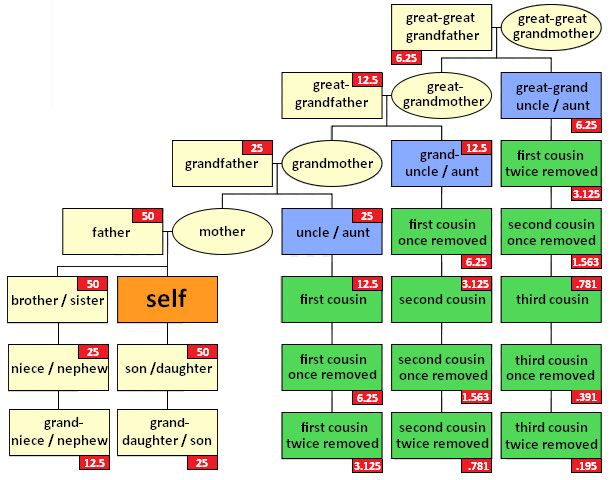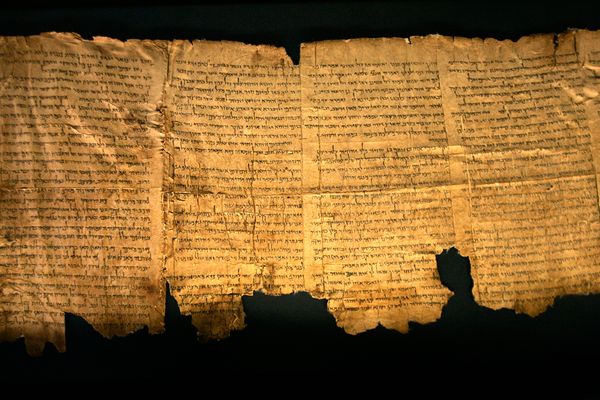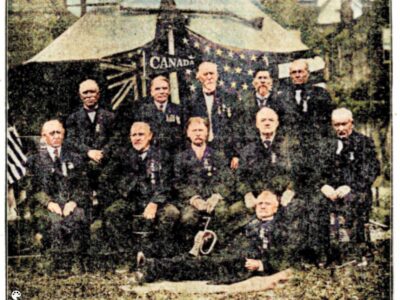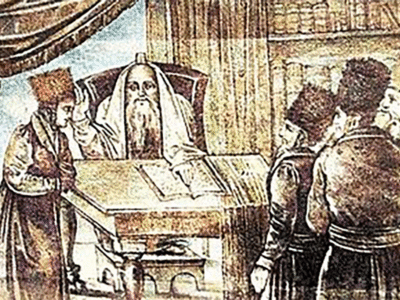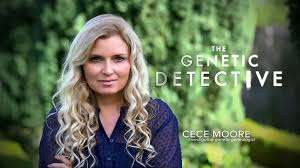 ◊ Note: The keynote speaker at the IAJGS conference on Jewish Genealogy in Fort Wayne, Indiana earlier this month was DNA forensic genealogist Ce Ce Moore, one of the world’s most talented investigators who uses DNA samples to solve serial murders and other crimes, some of which had been considered cold cases for decades. Conference attendees seemed riveted by her talk, and I no less so: afterwards I had a chance to talk to Moore about my own professional DNA investigations and the all-too-common difficulties and frustrations inherent in attaining breakthroughs. When I returned to Toronto, I reread Blaine T. Bettinger’s book, The Family Tree Guide to DNA Testing and Genetic Genealogy for the first time since 2018. My conclusion: Bettinger’s DNA guide still provides an excellent grounding in the subject, providing the knowledge to allow researchers to dive in and “learn by doing.” ◊
◊ Note: The keynote speaker at the IAJGS conference on Jewish Genealogy in Fort Wayne, Indiana earlier this month was DNA forensic genealogist Ce Ce Moore, one of the world’s most talented investigators who uses DNA samples to solve serial murders and other crimes, some of which had been considered cold cases for decades. Conference attendees seemed riveted by her talk, and I no less so: afterwards I had a chance to talk to Moore about my own professional DNA investigations and the all-too-common difficulties and frustrations inherent in attaining breakthroughs. When I returned to Toronto, I reread Blaine T. Bettinger’s book, The Family Tree Guide to DNA Testing and Genetic Genealogy for the first time since 2018. My conclusion: Bettinger’s DNA guide still provides an excellent grounding in the subject, providing the knowledge to allow researchers to dive in and “learn by doing.” ◊
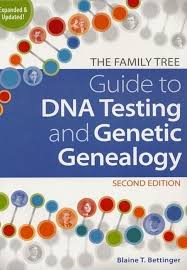 Blaine T. Bettinger has an advanced degree in biochemistry and works by day as an intellectual property attorney; by night, he’s become a genealogy educator and DNA specialist who writes for some noted genealogical publications. In The Family Tree Guide to DNA Testing and Genetic Genealogy (Family Tree Books, 2016), he takes a highly complex scientific subject and explains it in layman’s terms in a clear and comprehensive text that is interspersed with many illustrations and sidebars.
Blaine T. Bettinger has an advanced degree in biochemistry and works by day as an intellectual property attorney; by night, he’s become a genealogy educator and DNA specialist who writes for some noted genealogical publications. In The Family Tree Guide to DNA Testing and Genetic Genealogy (Family Tree Books, 2016), he takes a highly complex scientific subject and explains it in layman’s terms in a clear and comprehensive text that is interspersed with many illustrations and sidebars.
Before I picked up this book, my knowledge of DNA science was a disorderly jumble of centiMorgans, haploid groups, mitochondrial misconceptions and recombined confusion. After several hours of reading, my knowledge is a much more orderly jumble: much of the scientific jargon now makes sense to me, and I’m closer to understanding the process of assessing ethnicity estimates (still a very rough science), comparing chromosomes using FamilyTreeDNA.com’s amazing chromosome browser tool, using the highly sophisticated “matrix” and “cluster” tools, and filtering through thousands of second-to-fourth, and third-to-fifth cousins on MyHeritage’s or Ancestry’s DNA websites.
(Imagine degrees of cousinhood like stepping into a shallow lake; the gradient seems pleasantly manageable until you reach the level of second or third, cousins, after which it drops off precipitously, making it much more difficult to make discoveries.)
The book gave me a solid grasp of the differences between autosomal, mitochondrial (mtDNA), Y-chromosomal (Y-DNA) and X-chromosomal (mitochondrial X-DNA) testing, their relative strengths and weaknesses, and how to devise a strategy for using each type of test. The Guide also debunks common misperceptions, discusses ethical quandaries, analyzes complex questions to help researchers break through genealogical brick walls, even addresses special challenges faced by adoptees.
One of the book’s best qualities is that it doesn’t deal only with science in the abstract; it’s also a practical guide. Bettinger knows the marketplace and gets into the nitty-gritty of each of the major companies — Ancestry, 23andme, and FamilyTreeDNA — that do DNA testing on a large scale, and others like Gedmatch that offer third-party tools.
This book is not for entry-level dabblers but rather for researchers with a serious interest in the subject and ready to dive into their DNA results to advance their genealogical research.
I would also caution potential readers that many aspects of the subject will seem less mystifying but new complexities may arise. All told, we still know very little about this vast new scientific frontier. Looking at chromosomes is like looking at the stars: mysteries will always abound. ♦
The Family Tree Guide to DNA Testing and Genetic Genealogy, by Blaine T. Bettinger. Large (7”x 9”) softcover, 240 pages, many coloured charts and diagrams. Published by Family Tree Books, 2016.
◊ Originally appeared in Avotaynu, 2018; updated 2025.
Below: Chart showing percentages of DNA shared among various relatives.
